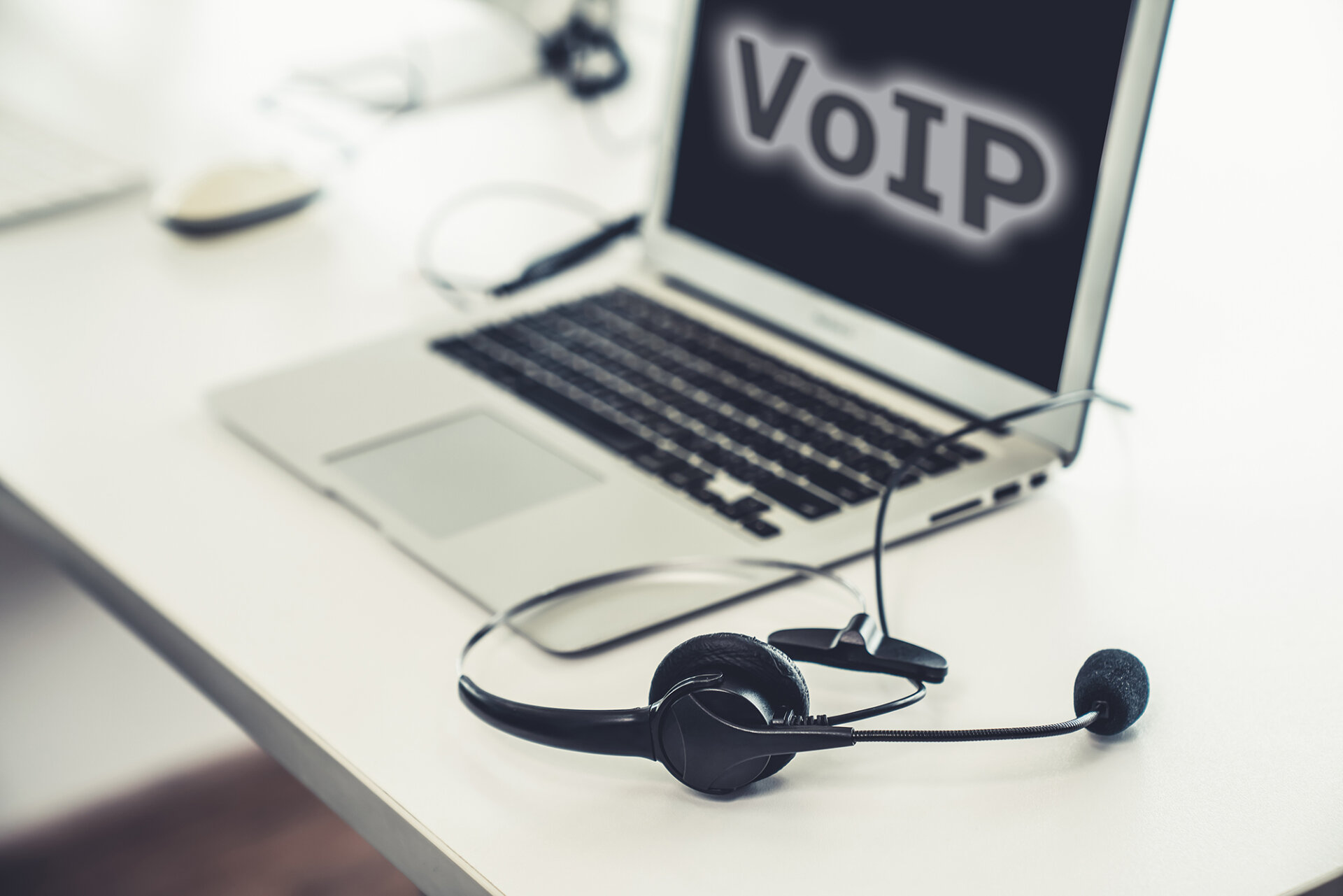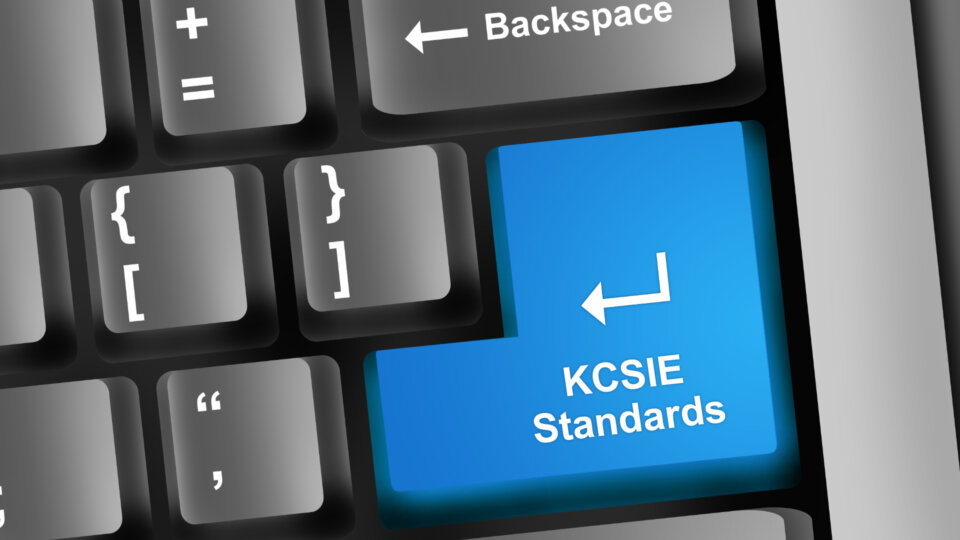
In recent years, the education sector has observed a digital revolution that has fundamentally changed the way students learn and teachers instruct. One of the key technological advancements that has gained significant traction is Voice over Internet Protocol (VoIP). VoIP technology has transformed communication by transmitting voice and multimedia content over the internet, replacing traditional phone systems with more versatile and cost-effective alternatives. So what is the impact of VoIP on the education sector? What are the benefits and the process of integrating/upgrading VoIP systems in educational institutions? Let’s find out.
What is VoIP?
Voice over Internet Protocol (VoIP) is a technology that enables real-time voice communication and multimedia content delivery over the internet. Unlike traditional telephony systems that rely on dedicated phone lines, VoIP converts audio signals into digital data packets, which are then transmitted through internet protocols. This transformation has led to a wide range of benefits that are particularly well-suited for the education sector.
What is the impact?
- VoIP enables educators to create dynamic virtual classrooms, facilitating real-time interaction among students and teachers. Video conferencing, screen sharing, and collaborative whiteboards enhance the online learning experience.
- Especially in times of crisis, such as the COVID-19 pandemic, VoIP became a crucial educational tool. Remote learning platforms powered by VoIP allowed institutions to continue delivering lessons and maintaining engagement despite physical restrictions.
- VoIP technology facilitates professional development opportunities for educators. They can participate in online workshops, webinars, and conferences, expanding their knowledge and refining their teaching strategies. The system also enables efficient communication among faculty, staff, and administrators. From scheduling meetings to coordinating events, VoIP enhances the overall organisational efficiency of educational institutions.
What are the benefits of integrating VoIP in Education?
- Educational institutions often have tight budgets, and VoIP offers a cost-effective communication solution. It eliminates the need for separate phone lines, reducing maintenance and infrastructure costs. Long-distance calls become significantly cheaper, making it easier for institutions to connect with students, parents, and colleagues around the world.
- VoIP technology allows for seamless collaboration among educators, students, and parents. With features such as video conferencing, screen sharing, and instant messaging, teachers can conduct virtual classrooms, host interactive webinars, and provide one-on-one assistance to students, regardless of geographical barriers.
- VoIP offers diverse communication channels, including voice calls, video calls, and text messages, providing educators with various options to engage with students in ways that suit their learning styles. The systems can be tailored to accommodate diverse learning needs, such as providing closed captions during video calls for students with hearing impairments or offering multilingual communication options to support students from different linguistic backgrounds.
- VoIP simplifies communication between teachers and parents, allowing for regular updates on student progress, upcoming assignments, and school events. This proactive communication promotes a stronger partnership between educators and parents, contributing to students’ academic success.
- As educational institutions grow, VoIP systems can easily scale to accommodate increased communication demands. Furthermore, VoIP can integrate seamlessly with other educational technologies, making it a useful addition to the digital infrastructure of schools and universities.
What to consider when integrating and upgrading VoIP systems?
- Before implementing a VoIP system, educational institutions should conduct a comprehensive needs assessment. This involves identifying communication gaps, evaluating current infrastructure, and determining the desired features and capabilities.
- Choosing a reliable VoIP service provider is essential for a successful integration. Institutions should consider factors such as call quality, security measures, scalability, customer support, and pricing.
- VoIP relies heavily on a stable and high-speed internet connection. Educational institutions must ensure that their network infrastructure can handle the increased data traffic associated with VoIP communication.
- Depending on the institution’s needs, hardware requirements may vary. While some schools might opt for traditional desk phones, others may prefer softphones (software-based applications) or mobile apps for communication.
- To maximize the benefits of VoIP, proper training for faculty, staff, and students is crucial. Institutions should provide comprehensive training sessions and ongoing support to ensure that all users are comfortable with the new system.
- Protecting sensitive student and staff information is paramount. Implementing encryption, secure login protocols, and regular system updates helps safeguard data privacy and prevent potential breaches.
- For institutions upgrading from traditional phone systems to VoIP, a well-defined migration plan is essential. This plan should outline the transition process, potential challenges, and a timeline for implementation.
It does sound like a complex process. Therefore, it is worth getting your IT supplier to help you seamlessly integrate VoIP into your school. They will take all the hassle away from you and will be able to explain all the steps of the process. They work closely with schools to identify specific requirements and with a thorough understanding of the school’s needs, they help you choose the most suitable and cost-effective VoIP solution.
Voice over Internet Protocol (VoIP) has turned up as a transformative technology in the education sector, offering a range of benefits that enhance communication, collaboration, and overall educational experiences. By integrating and upgrading VoIP systems, educational institutions can create virtual classrooms, foster global connections, and provide a more inclusive learning environment. As technology continues to reshape the educational landscape, VoIP stands as a powerful tool that empowers educators and students alike, enabling them to navigate the challenges and opportunities of the digital age.


